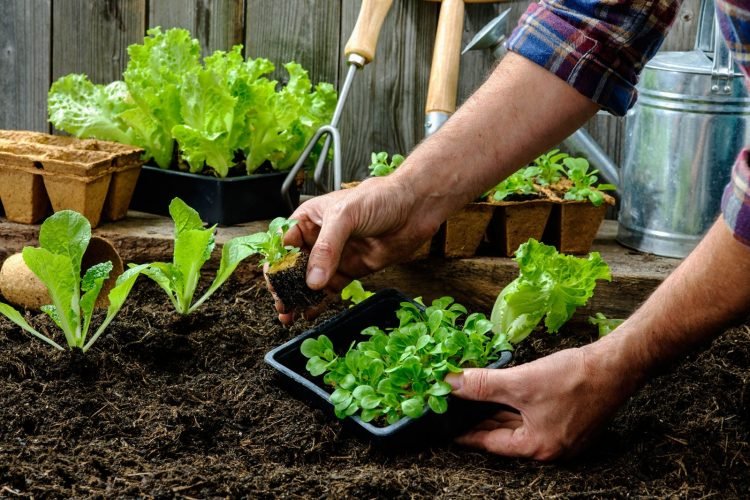Workplace gardens have grown increasingly common in the past decade. Having a garden that management and employees alike can tend to, fosters harmony and strengthens ties in the workplace.
There is an emphasis on healthy living today and companies are quickly recognizing it. A garden by Garden Club London at the workplace can promote healthy living by giving company employees an opportunity to have fun outdoors while taking care of plants.
On the other hand, starting a workplace garden is a daunting challenge albeit a surmountable one. It takes a lot of planning, time and effort in addition to coordination by all involved. It is a rewarding endeavour for any company that adopts it.
The following are elements you have to consider when starting a garden at work:
- Location
Where to start the garden is the first decision you will have to make. It is best if the garden is close, or tied to, the workplace. A small piece of arable land near the parking lot or even a rooftop garden are viable locations.
If a plot is not an option, putting soil in several plots and growing plants there can be done. If space is a serious issue, especially in large cities, vertical gardening is another creative idea to implement.
Pertaining location, it is also good to start small. Once you have some success with the garden, then expansion can be discussed.
- Coordination
Once the firm’s management approves the workplace garden, anyone who wants to be involved should be given the chance to do so. However, it requires a great deal of organization for the garden to be successful.
Make a list of all the supplies needed to start a garden. Decide on which materials you will be using on the garden (chemical or organic). Assign each participating member a role in the garden. Planning is very crucial to the success of a workplace garden.
The more coordinated the team members, the more likely the garden is to flourish.
- Planting
The process of initially planting seeds or transplanting young plants to the garden requires a specific day. Consult everyone involved to find the best day possible. It is important that all the planting happens at the same time.
Label the plants so that those new to gardening can identify the plants. This will help when it comes to maintaining each individual plant which all have different needs.
Planting day should also set a tone for how the garden’s upkeep will be done. Based on observations made on that day, adjustments can be made going forward.
- Maintenance
Once you have planted all you need in the garden and delegated tasks to everyone involved, it is time to work hard and be patient. Nothing worthwhile comes easy.
Weeding and watering are regular tasks that happen in a garden and they cannot be ignored. Checking for pests should also be done consistently and corrective action taken as soon as possible.
If the effort is coordinated and everyone plays their part, you should start seeing results in as little as three to six months. You can also judge the garden’s success based on the teamwork and relationships at the workplace which are sure to be livelier.



